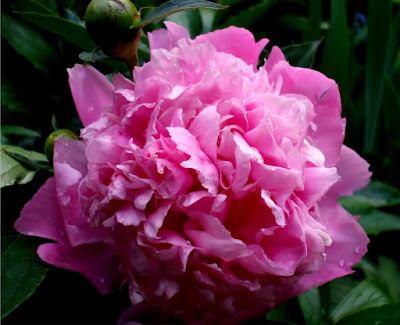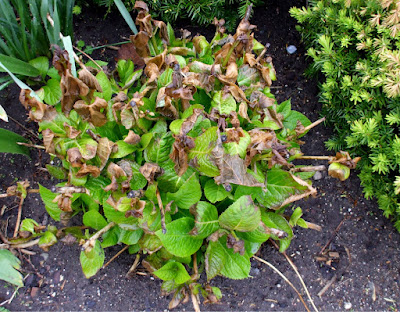In 1971 the Federal Government designated the last Monday in May as Memorial Day, also called Decoration Day or Poppy Day. I remember celebrating Memorial Day years before this national designation, in my small hometown in South Dakota. There was an annual gathering in the city hall where taps were played and many veterans attended in uniform. I seem to recall that our high school band was asked to play.
Poppies have long been an international symbol of remembrance for fallen soldiers. The well known poem "In Flanders Fields" was written by the Canadian physician Lt. Colonel John McCrae on May 3, 1915 after he witnessed the death of his friend. The blood-red color of the poppies, springing up in the field of the fallen dead in Flanders was the inspiration for the poppy reference in the famous poem which in turn was the inspiration for the poppy becoming the symbolic flower for remembering those who gave the ultimate sacrifice.
The web provides very interesting data on the history of the remembrance days in the US, UK, New Zealand and other countries that commemorate World War dead, and on the symbolism of the red and the white poppy. This would be a good day for everyone to do a little research, or at least a little remembering.
I am including pictures from this year's poppy patch in my yard. These bright orange/red poppies are a different cultivar (a fancy name for cultivated variety) than the red poppies growing in Flanders, France. These poppies are also not the same cultivar that is used for making opium! A few were growing around a fence post when we moved here nearly 20 years ago. When we removed the fence I moved 1 or 2 poppy plants and have "cultivated" them a bit over the last ten years or so. The ivy from which they now emerge masks the leaves and stems as they turn brown and "die back," overcome by summer heat. I love the juxtaposition with the variegated hostas, and yes, Marissa, the poppies do "pop" out of their green garden bed. Poppies and popcorn can pop, but nothing else, not even pillows or any other words starting with p. I am pleased with my Papaver patch this year but many of the plants are still puny and will probably produce more prolifically in the future, if I continue to profusely water them in this place.
As I am enjoying the bright color of the poppies against their green mat, I always think of the fields of opium poppies growing in Afghanistan, a factor in the struggle American troops face there, and I think of the artificial poppies that were sold on the street corners to raise money and to be worn as a display of honor and respect for those who have given their lives to keep us safe. The celebratory traditions of remembrance on Memorial Day are long gone from my experience. We just have a family reunion at the park, eat fried chicken and watermelon and play ball.
HAPPY MEMORIAL DAY!


















































